The bones of many vessels – including two Manly ferries – lie off Narrabeen Beach
The coastline of the northern beaches is dotted with innumerable wrecked ships – some yet to be found – along with the bones of many of the sailors who were aboard those ill-fated vessels.
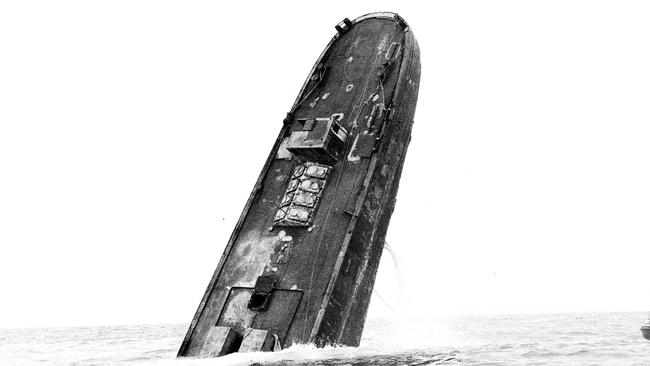
Manly
Don't miss out on the headlines from Manly. Followed categories will be added to My News.
- The man behind the Nazi camp at Deep Creek, Narrabeen
- Two peninsula lighthouses have different purposes
- Shipwrecks near the Old Man’s Hat at North Head
- Guns at West Head relics of World War II
The coastline of the northern beaches is dotted with innumerable wrecked ships – some yet to be found – along with the bones of many of the sailors who were aboard those ill-fated vessels.
But the greatest concentration of sunken ships is a man-made reef of rusting hulks, each carefully and deliberately scuttled, which lies in 50m of water just 4km off Narrabeen.
Yet even these wrecks, so carefully sent to the bottom to provide a home for marine life and provide sport for recreational divers, have taken their toll of human life.

The reef began life in the mid-1970s and followed the construction of reefs off Lake Macquarie and Port Hacking that were made from old car tyres.
The State Government, in co-operation with the Federal Government and with help from the Amateur Fishermen’s Advisory Council, planned the reef as a marine habitat for popular fish species such as snapper, jewfish and kingfish.
It was also envisaged that the ships’ graveyard would prove popular with divers.
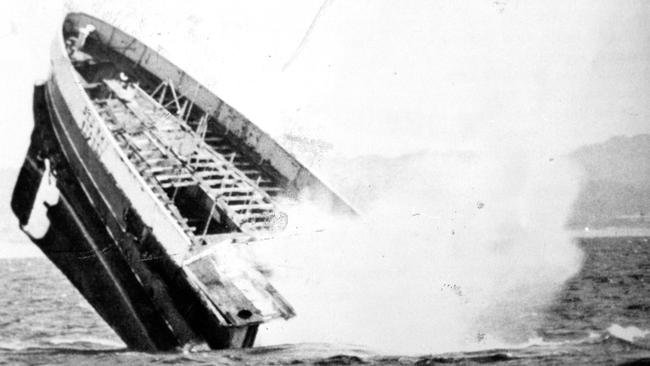
The ferry Dee Why was the first vessel to be scuttled to form the reef, disappearing beneath the waves in May 1976 after nearly 40 years’ service.
Stripped of anything of value, the Dee Why was towed from Gore Bay to its final resting place and its last throes watched by crowds which thronged atop Long Reef armed with binoculars and telescopes.

In July 1977 it was joined on the bottom by the former Electricity Commission barge, the 34m Pyrmont 11, which had been used to carry fly ash from the White Bay power station and was later used as a hopper barge.
A 20m tug, the Himma, was also sent to the bottom in 1977, adding to the growing reef.
She was followed soon after by the former minesweeper and converted oil tanker Meggol.
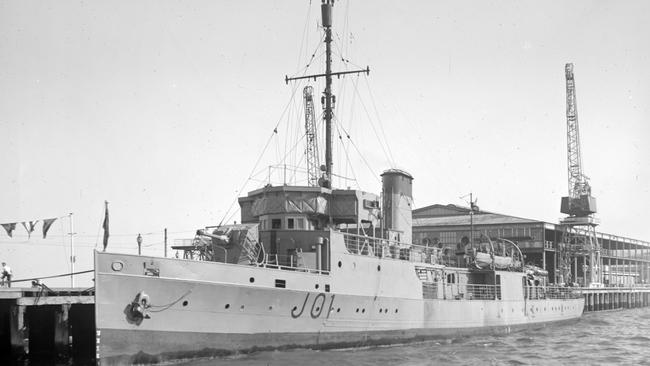
The Meggol began life as a warship – HMS Wexford – was converted to a ferry, was recommissioned as a warship – HMAS Doomba – was stripped of her superstructure and used as a lighter and was abandoned in a backwater of Sydney Harbour before finally being scuttled off Narrabeen.

When the former Manly ferry Bellubera was scuttled in 1980, it almost ended in tragedy.
An employee of the firm handling the ferry’s scuttling fell overboard just as the last towropes were being cut.
Only quick action by men aboard a companion craft saved the man from being sucked down with the sinking ferry.
The ferry lies in two pieces on the seabed.

The Bellubera was followed by the bucket dredge Coolooli and the Maritime Services Board barge DHB 656.
The Coolooli was built at the State Dockyard at Newcastle for the Maritime Services Board for use in Sydney Harbour and was the first of its kind built in Australia.

Its 81 buckets were able to dredge to a depth of 15m below the waterline.
There are other objects on the sea floor, including a caisson from the Sutherland dry dock at Cockatoo Island, the Apollo barge, the Verdier barge and the No Frills barge.
And two of the vessels lying within a few hundred metres of each other on the seabed had previously met in other, less friendly circumstances – the former Manly ferry Dee Why and the tug Himma.

The Dee Why was one of two identical twins – her sister was the Curl Curl – designed by naval architect E. H. Mitchell and Port Jackson and Manly Steam Ship Company manager Walter Dendy and built in the shipyard of Napier and Miller in Old Kilpatrick, Scotland, in 1928.
Both of the sisters had difficult voyages out to Australia, suffering storm damage and breakdown, and were held up in Aden for several weeks waiting out the Indian Ocean monsoon season.
The twin sisters were possessed of grace and elegance and were fast, well-appointed and reliable.
But they also has their share of misadventures.
The Dee Why was involved in three collisions with other vessels and twice went aground.
The tug Himma was built in the shipyard of Cochrane and Sons in Selby, England, for the Royal Navy and was launched in 1942 as the Empire Pat.
In 1949, the tug was owned by the Kuwait Oil Company, which renamed it Himma.
In 1951, the Himma was sold to J. Fenwick and Co in Sydney and became one of the working tugs on Sydney Harbour.
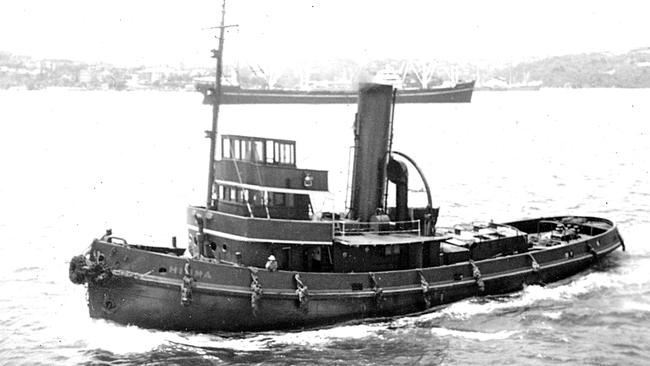
On the morning of March 29, 1957, the ferry Dee Why was making her way from Manly and was about to turn towards Circular Quay just as the Himma was making its way down the harbour to the dolphins near Kirribilli Point.
As she headed down the harbour, the Himma suddenly veered towards the dolphins and headed straight for the side of the Dee Why.
The ferry passengers heard the sirens and horns of the two vessels and rushed to get away from the impending point of impact.

Despite the warning, passengers on the ferry were thrown from their seats by the force of the collision and the ferry’s chief engineer was thrown across the floor of the engine room.
The ferry captain had tried to veer away from the oncoming tug but he pulled so far away that the ferry had nowhere to go seconds later the Dee Why ran aground on the rocks at Kirribilli, smashing the forward rudder and propeller.
Plates on the side of the ferry were also damaged, as was a large part of the sponson.
The Himma suffered only minor damage in the collision and was able to help two other tugs pull the Dee Why off the rocks.
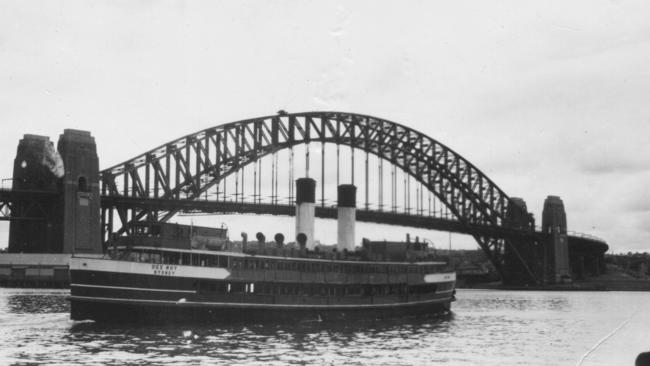
The Dee Why remained in service until 1968 and was sold to shipbreakers and stripped of her superstructure.
The Himma remained in service on Sydney Harbour until 1972, when she was sold to the Pimco Shipping Co of Port Moresby, but she never left Sydney and remained derelict in a harbour backwater.
But tragedy struck in October 1991 when two experienced divers failed to surface after visiting the Himma.
The two, Bradley Smith and Richard Yarrow, both accredited divemasters, had descended to the Himma with another pair of divers but became separated during the dive.
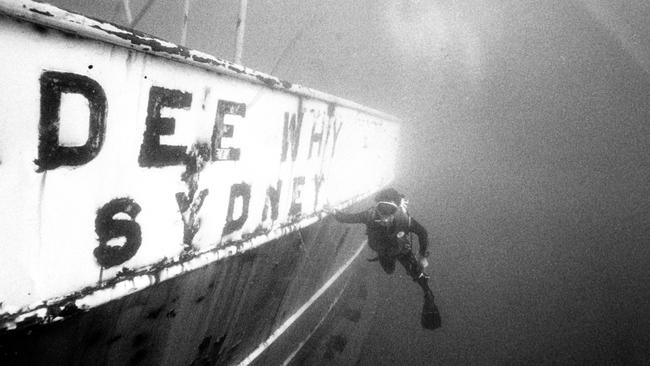
When they failed to surface, the alarm was raised and a search of the area begun.
Other divers thought the two must have become disoriented after stirring up fine silt in one of the tug’s compartments and were unable to find their way out before exhausting their air supply.
After two days of fruitless searching by the police and volunteer divers, the search was suspended.
But two Manly-based divers, Stewart Bell and Paul Rosman, located the bodies exactly where they had expected to find them – in a compartment underneath the wheelhouse.
Since then there have been no further mishaps among the sunken hulks, with divers now all too aware of the danger.
